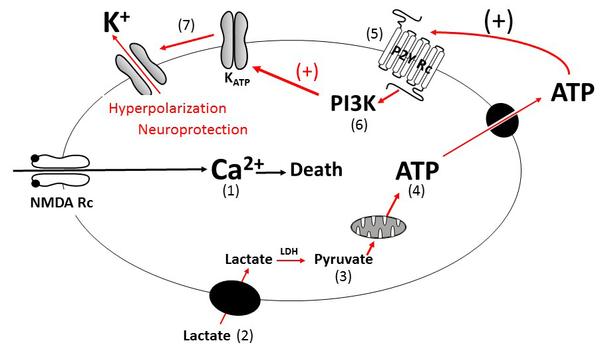
The N3A receptor, as modeled here by the UB researchers, may be silent under normal conditions, but can be reactivated through the unique site (in red) under acidic conditions, such as after a stroke or seizure.
Strokes, seizures, traumatic brain injury and schizophrenia: these conditions can cause persistent, widespread acidity around neurons in the brain. But exactly how that acidity affects brain function isn’t well understood. University at Buffalo researchers have begun to unravel some of the puzzle. They found that an elusive brain receptor may play an important role in the death of neurons from neurological diseases.
The UB researchers study a family of brain receptors that are critical to learning and memory, called NMDA (N-methyl-D-aspartate) receptors...
Read More






Recent Comments